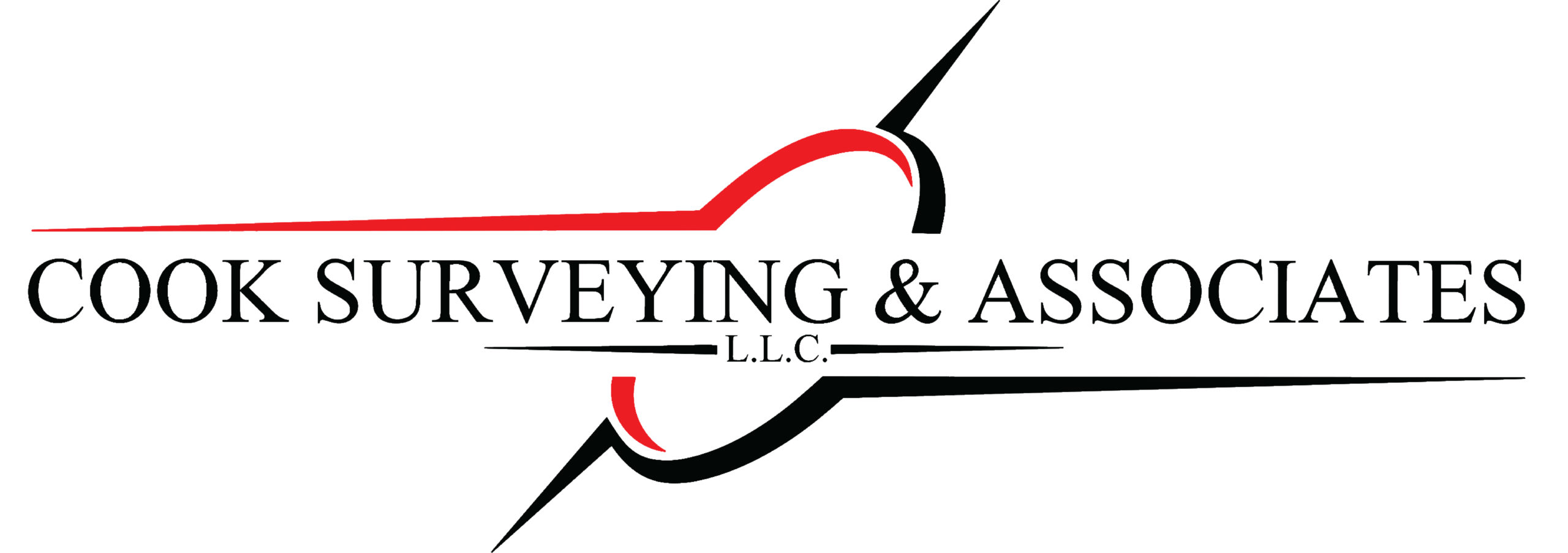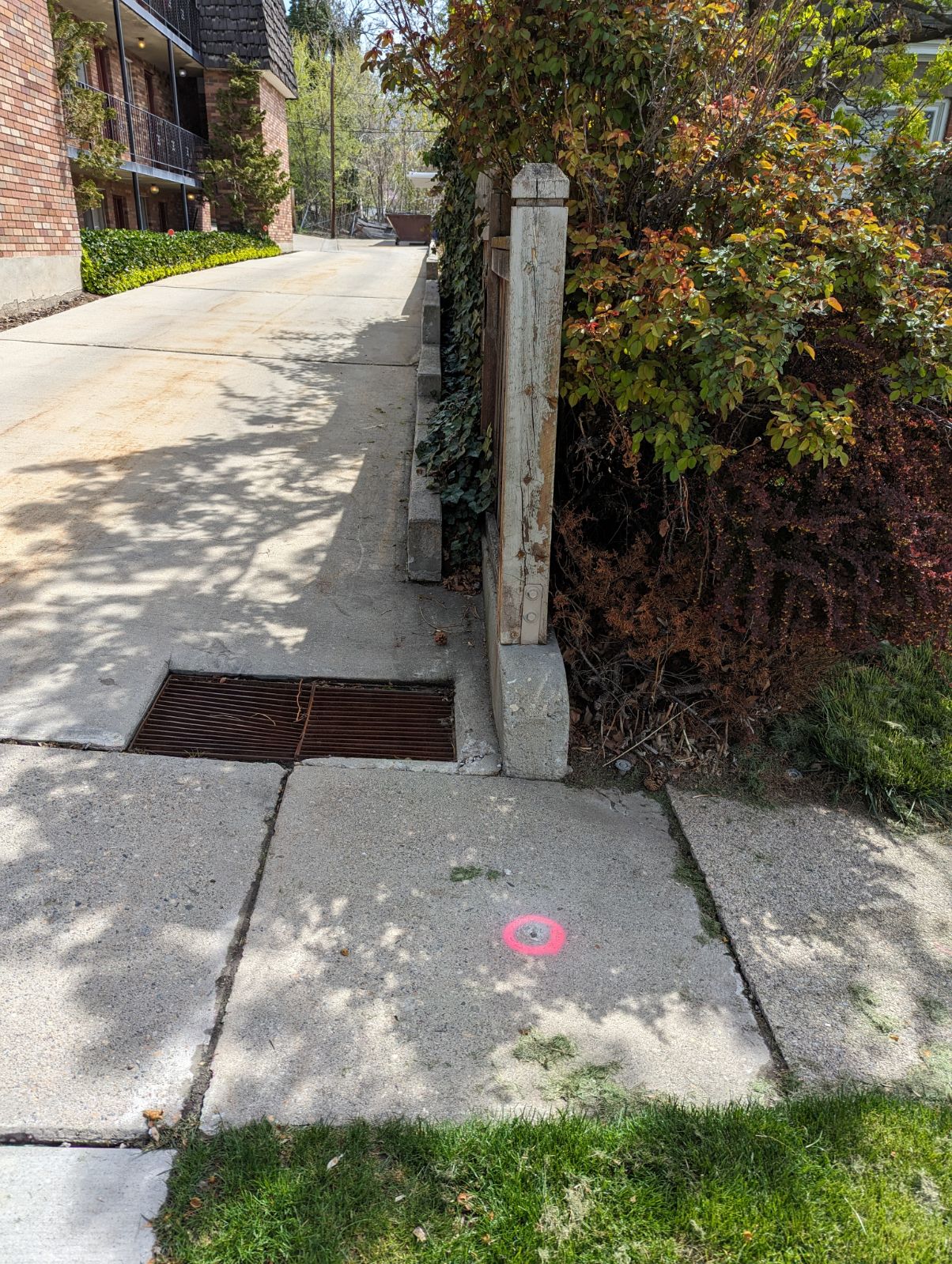Boundary monuments play a crucial role in land surveying by marking specific points on the Earth’s surface to define property boundaries. In places like Salt Lake City, Utah, where urban and rural landscapes merge, using the right type of boundary monument is essential for accurate land demarcation. This article explores the various types of boundary monuments, such as rivets, nails, and plugs, detailing their uses and importance in modern surveying.
Overview of Boundary Monuments
The Role of Boundary Monuments
Boundary monuments are used to mark territorial limits and are critical in resolving property disputes, conducting land assessments, and executing construction projects. They provide a physical reference that can be used to verify survey data against real-world conditions.
Common Types of Boundary Monuments
Rivets
- Description: Rivets are metal pins or bolts that are typically used in hard surfaces like concrete or rock.
- Usage: They are often used in urban settings where durable markers are needed to withstand heavy traffic or construction.
- Advantages: Rivets are robust, have a low profile, and are less likely to be moved or tampered with.
Nails
- Description: Survey nails are large, heavy-duty nails driven into the ground or wooden stakes.
- Usage: Ideal for temporary projects or areas where a non-permanent marker is sufficient.
- Advantages: Easy to install and cost-effective, making them suitable for large-scale survey projects.
Plugs
- Description: Plugs are typically made from durable materials like brass and are set into drilled holes in surfaces such as sidewalks or walls.
- Usage: Used when a permanent, discreet marker is required.
- Advantages: They provide a long-lasting reference point that is flush with the surface, minimizing interference with everyday activities.
For a deeper understanding of these and other surveying techniques, the National Society of Professional Surveyors offers guidelines and standards for the proper use of boundary monuments.
Choosing the Right Type of Monument
Factors to Consider
When selecting a boundary monument, several factors should be considered:
- Durability: The monument should withstand local environmental conditions and human activities.
- Visibility: It should be easily identifiable to avoid being overlooked during future surveys.
- Legal Requirements: Some jurisdictions may have specific regulations regarding the types of monuments that can be used.
Installation and Maintenance
Best Practices for Installation
Proper installation is crucial to ensure that boundary monuments serve their purpose effectively:
- Professional Installation: Hiring a professional surveyor, such as those at Cook Surveying, ensures that monuments are placed accurately and legally.
- Documentation: All monument installations should be well-documented with GPS coordinates and physical descriptions to aid future referencing.
Maintenance Considerations
Regular checks and maintenance are necessary to ensure the integrity of boundary monuments:
- Inspection Schedule: Regular inspections can help identify any issues or displacements early.
- Record Keeping: Keeping detailed records of maintenance activities helps in preserving the legal validity of boundary markers.
Conclusion
Boundary monuments such as rivets, nails, and plugs are essential tools in the field of land surveying, each serving specific needs based on the environment and project requirements. Understanding their differences and applications can aid in choosing the right type for a particular project in Salt Lake City or any other region. For those seeking expert surveying services that utilize these tools effectively, Cook Surveying offers comprehensive solutions tailored to meet diverse land surveying needs.



